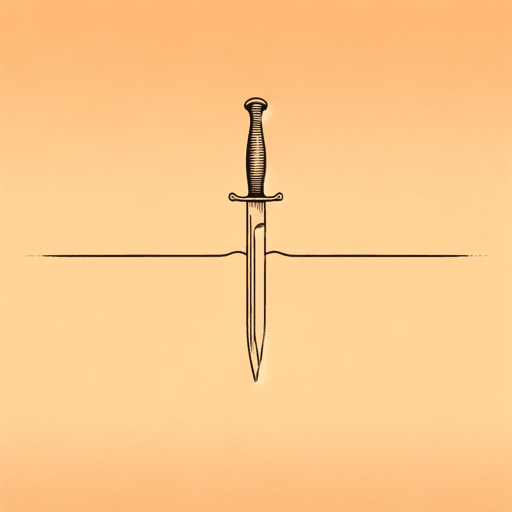57 pages • 1 hour read
Dave GrossmanOn Killing: The Psychological Cost of Learning to Kill in War and Society
Nonfiction | Book | Adult | Published in 1995A modern alternative to SparkNotes and CliffsNotes, SuperSummary offers high-quality Study Guides with detailed chapter summaries and analysis of major themes, characters, and more.
Section VI, Chapters 1-2Chapter Summaries & Analyses
Section VI, “The Killing Response Stages”
Chapter 1 Summary: “What Does It Feel Like to Kill?”
Just as there are stages of grieving for enduring a loss, combat soldiers experience stages of grief after killing someone. First, soldiers fear that they will freeze up, fail to shoot, and let their friends down. The actual kill is reflexive and done in the heat of the moment. Conditioning and training take over, but some are still unable to kill. Immediately following the kill, a soldier normally experiences exhilaration and euphoria. Adrenaline propels this feeling, and it is the strongest among soldiers who kill at medium to long range. However, even in close-range killings, soldiers experience this briefly. Remorse quickly follows for close-range killings, and it can be intense and lasting.
Finally, most soldiers arrive at rationalization and acceptance. Changes in language describing the victim as an enemy or a slur denote rationalization: “If this process fails, it can result in post-traumatic stress disorder” (242).
Chapter 2 Summary: “Applications of the Model: Murder-Suicides, Lost Elections, and Thoughts of Insanity”
These stages of grief can be applied to non-combat situations. For example, when a martial artist was attacked by teenagers outside his home, he fought back and experienced a feeling of euphoria. He was “released from all restraints” (244). However, he then quickly felt revulsion at beating up teenagers. Grossman maintains that it is critical for soldiers to understand that the initial feeling of euphoria is normal.
Featured Collections
Books that Feature the Theme of...
View Collection
Community
View Collection
Guilt
View Collection
Hate & Anger
View Collection
Memorial Day Reads
View Collection
Military Reads
View Collection
Psychology
View Collection
Sexual Harassment & Violence
View Collection
Sociology
View Collection
War
View Collection

